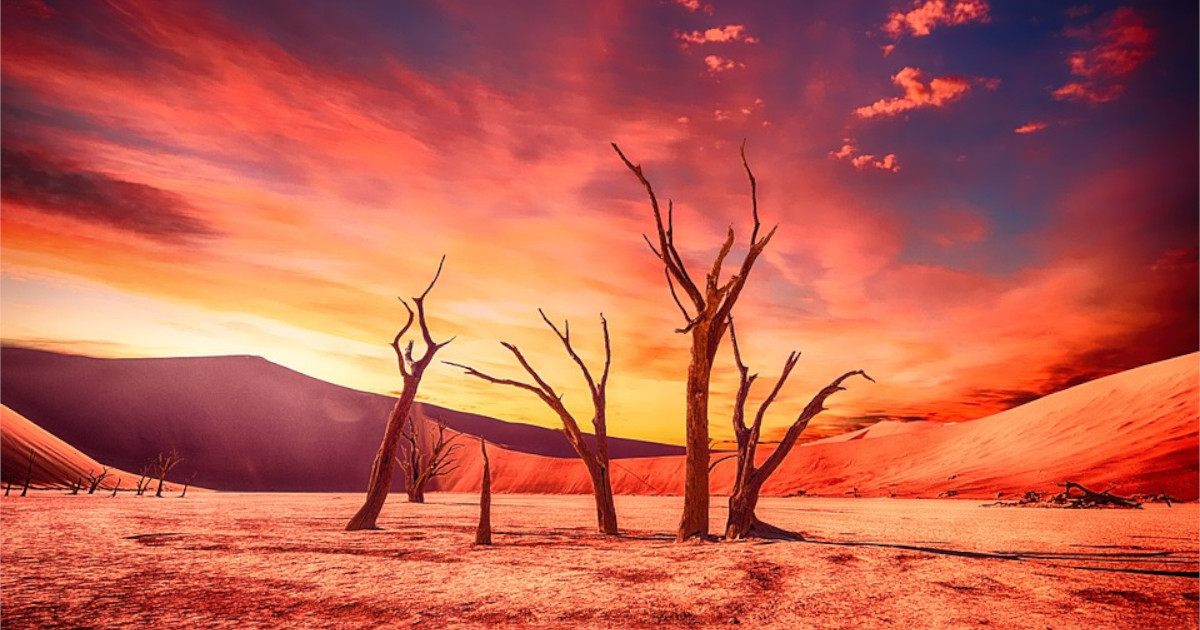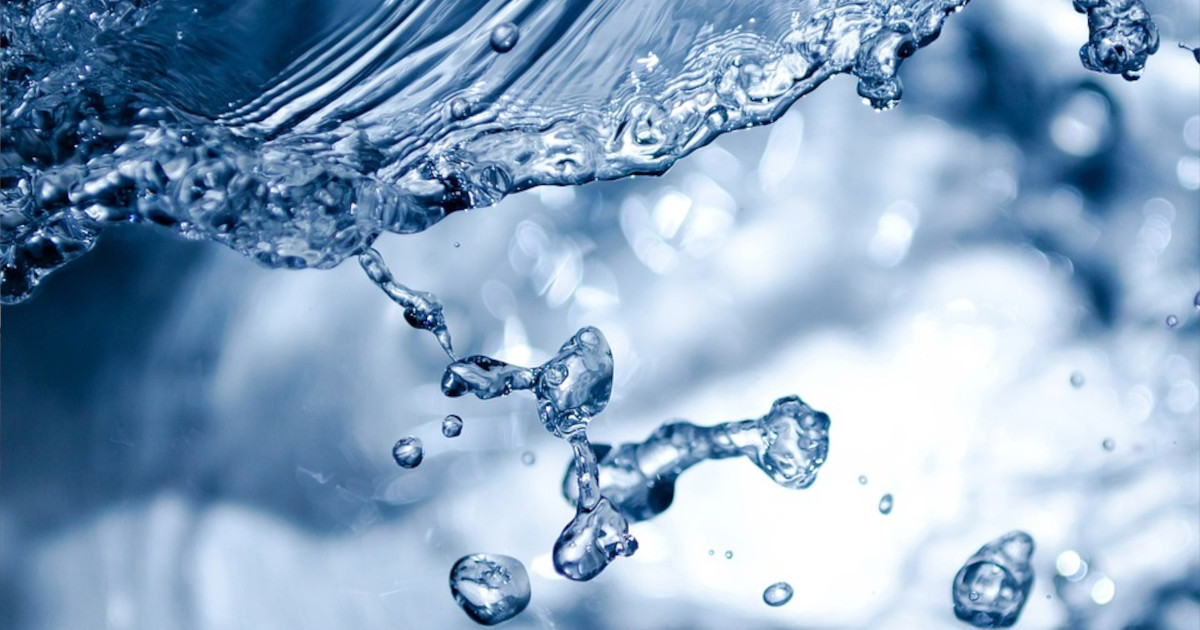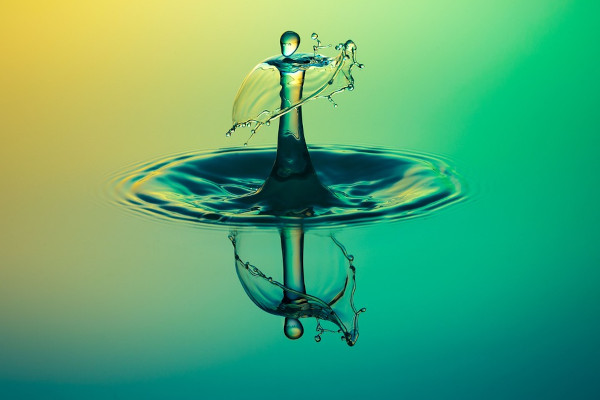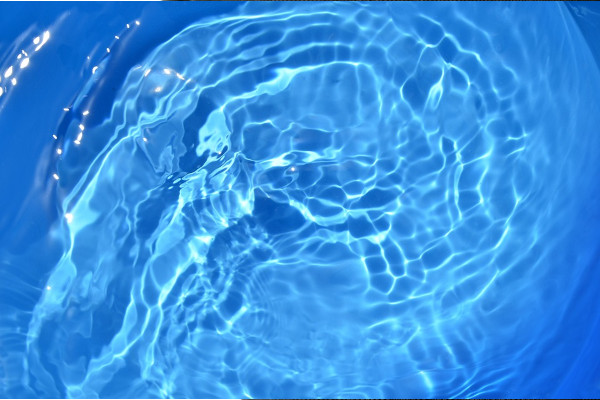Featured Information

Water shortages have arisen in America due to a variety of factors, including natural conditions, human activities, and inadequate infrastructure. In this response, I will outline some of the main issues that lead to water shortages in America.
Climate change and drought:
One of the most significant factors contributing to water shortages in America is climate change. Climate change leads to unpredictable weather patterns, and in some areas, this has resulted in prolonged droughts. Drought conditions can cause significant water shortages, particularly in arid regions such as the Southwest. California, in particular, has experienced several years of severe drought, leading to water rationing, restrictions, and depletion of groundwater.
Overuse and wastage:
Another critical issue contributing to water shortages is overuse and wastage of water. Americans use a vast amount of water per capita, with the average person using around 80-100 gallons of water per day. This high level of water usage is unsustainable, and in many areas, it leads to water shortages. Moreover, inefficient agricultural practices, such as flood irrigation, also waste large amounts of water.
Population growth and urbanization:
Population growth and urbanization are two major factors contributing to water shortages in many regions of the United States. As populations grow, so does the demand for water, and in some areas, water resources are unable to keep up with the increased demand. Furthermore, urbanization can lead to increased runoff and pollution of water sources, further exacerbating water shortages.
Inadequate infrastructure:
Inadequate infrastructure is another critical issue contributing to water shortages in America. Many water systems in the United States are old and outdated, and they lose significant amounts of water due to leaks and breaks. Additionally, some areas lack sufficient storage capacity for water, which can exacerbate water shortages during times of high demand or drought.
Pollution:
Pollution is another factor that can lead to water shortages in America. Pollution of water sources can make water unsafe to use or consume, leading to shortages as people look for alternative sources of water. In some cases, pollution can also damage aquatic ecosystems, reducing the availability of water for human use.
Legal and institutional challenges:
Finally, legal and institutional challenges can contribute to water shortages in America. The legal framework governing water use and distribution is complex and varies from state to state, making it challenging to allocate water resources fairly and effectively. Additionally, water management can be complicated by conflicts between different users of water, such as farmers, urban residents, and industrial users.
In conclusion, water shortages in America can arise due to a combination of natural and human-made factors. Climate change, overuse and wastage of water, population growth and urbanization, inadequate infrastructure, pollution, and legal and institutional challenges are all factors that can contribute to water scarcity. Addressing these issues will require a combination of strategies, including investment in water-saving technologies, conservation measures, and improved infrastructure. Additionally, addressing climate change through reducing greenhouse gas emissions and adapting to changing conditions will be critical to ensuring the sustainability of water resources in the future.



